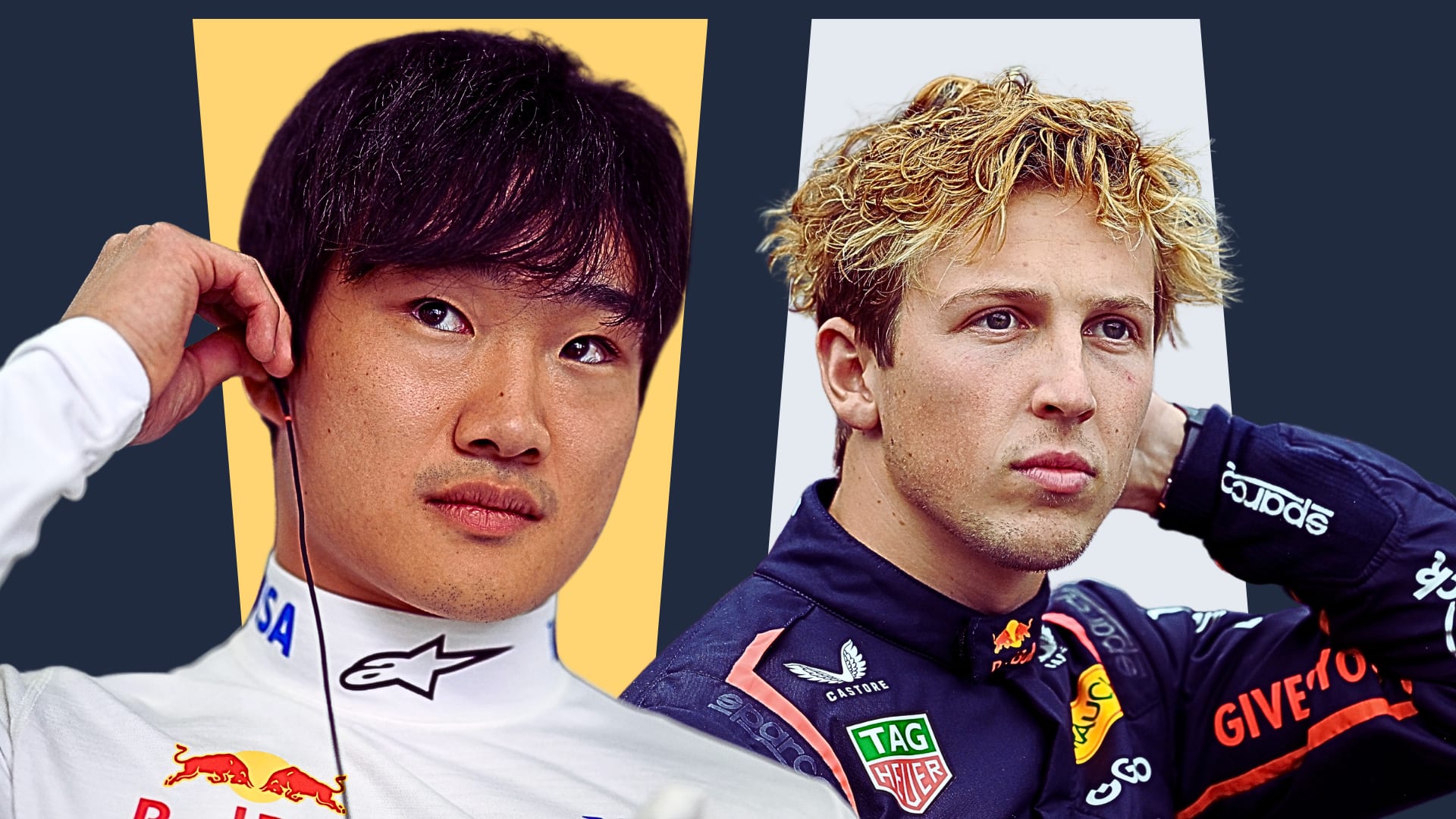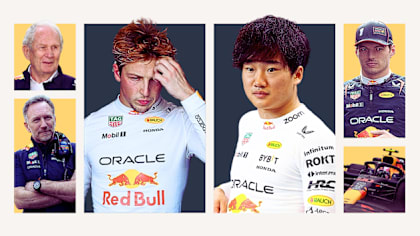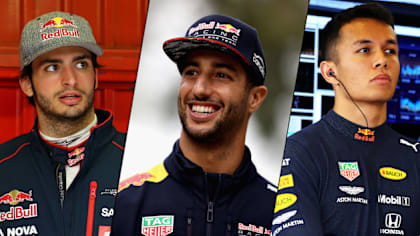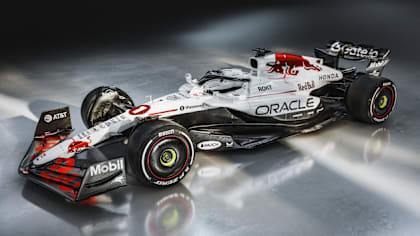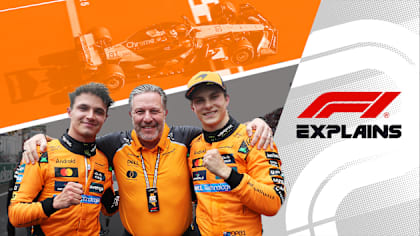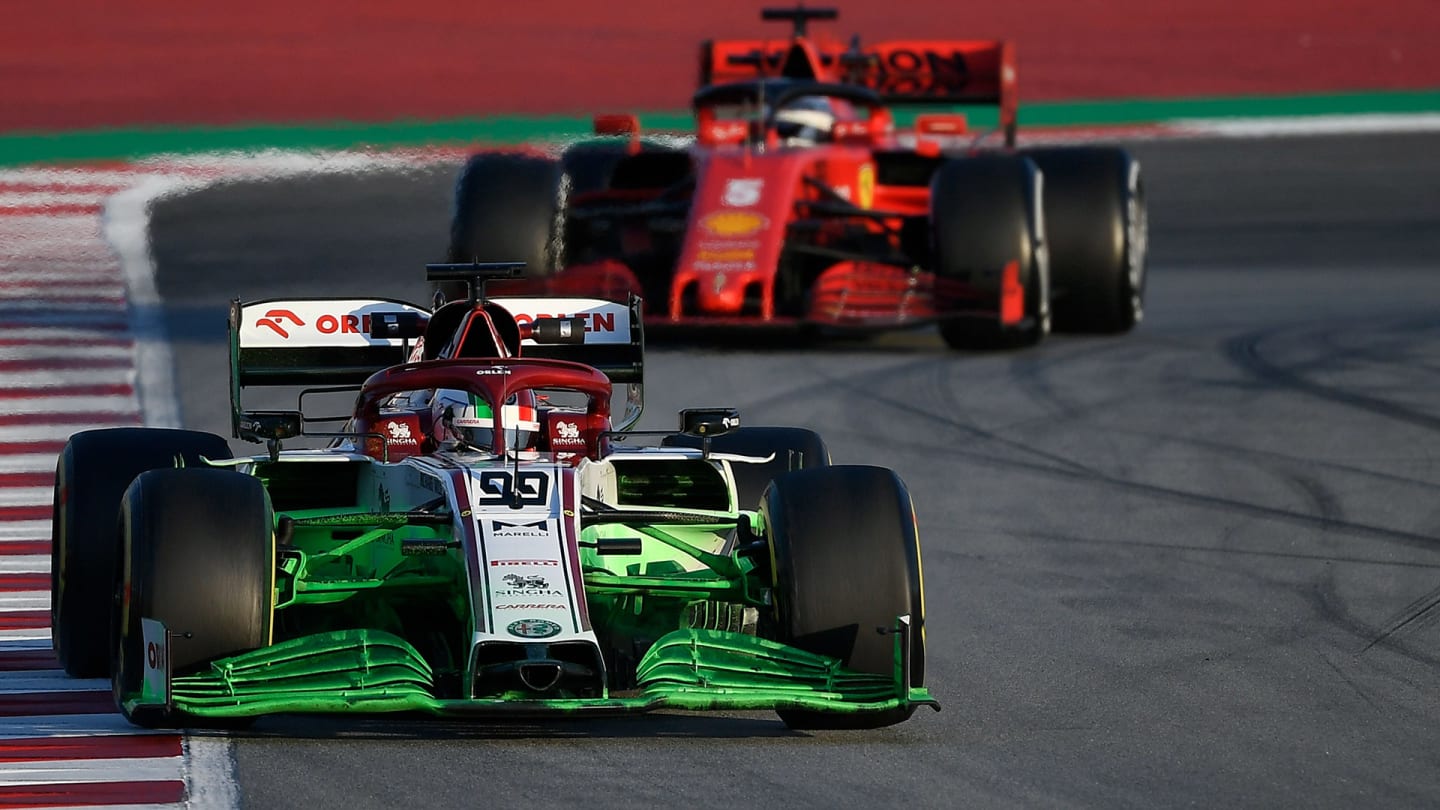
Technical
Testing explained: Rob Smedley and Jolyon Palmer on glory runs vs sandbagging
Share

Do teams really practice 'sandbagging' at F1 pre-season testing, and how do you spot a 'glory run'? Technical expert and former Ferrari, Williams and Jordan engineer Rob Smedley has the lowdown – and ex-Renault F1 racer Jolyon Palmer gives us the driver's view. First up, Smedley explains how the teams approach testing...
There’s always a little bit of internal pressure during pre-season testing to get the car down on low fuel, put it on the softest possible tyres and post a time that looks great – the so-called ‘glory run’ – as opposed to deliberately keeping your true pace under wraps, a practice known in the paddock as ‘sandbagging’.
TESTING EXPLAINED: Rob Smedley on correlation, aero rakes and flow-vis paint
From an engineering point of view, the senior engineers within the team need to balance the requirements of collecting useful data versus doing stuff that looks good and makes your rivals question whether you’ve got something better than they thought. It’s a compromise: you’ve got to offset one thing against the other. Personally, I was never particularly bothered about going fast in winter testing. For me, the main place you want to go fast is in Australia.
READ MORE: 5 F1 innovations that caught rival teams napping
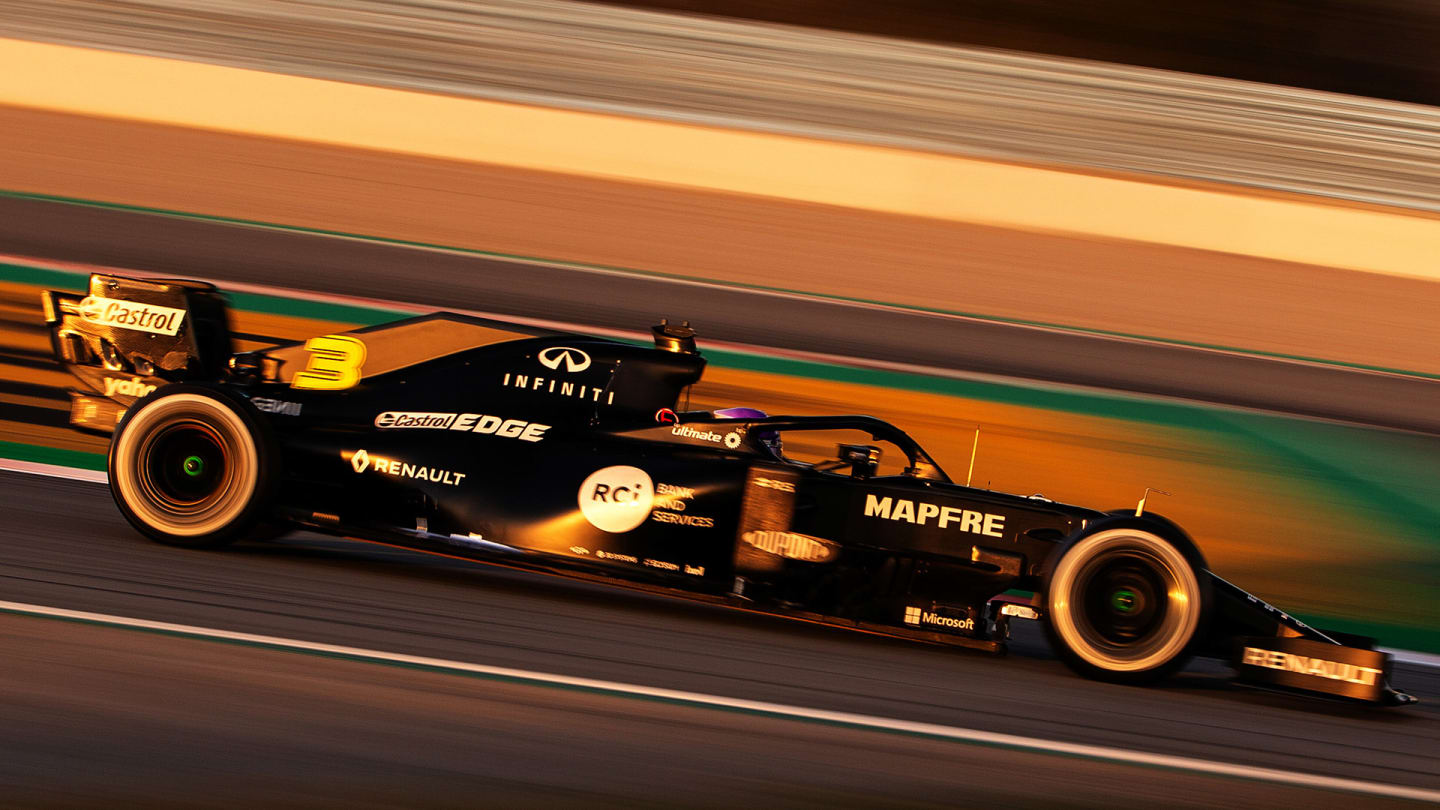
If a team did 'sandbag', what would it really change?
That said, you do have to get the cars down onto a reasonable fuel level at some point during pre-season testing. You certainly shouldn’t be running it on fumes – apart from doing fuel systems checks and stuff like that – but you want to get the car on a reasonable level of fuel, 40kg maximum, get some soft-ish tyres on and push the car just to see how it behaves and get that information.
WATCH: F1 2020 team guide – Can Ferrari finally end Mercedes’ hybrid reign?
On the other hand, you quite often see that the top teams will run around all week on 50kg and never get the car below that. There’s absolutely merit and validity in doing that because all they're doing is collecting as much data as they can, and then they know that that’s going to put them in a much more favourable position by the time they get to Australia.
Now, some people might call that sandbagging – but honestly, I don’t think people actively sandbag. Because frankly, what’s the point? Take the Brawn situation in 2009. They turned up and, I think, surprised even themselves. It became wholly apparent by the end of their first day of running that they had this incredible beast that was probably not only going to win the first race but clean up for the first few before people caught up – and it did. If they’d sandbagged, what would it have changed?
PODCAST: Ross Brawn on Brawn GP’s fairy-tale 2009 title success
Teams are always pushing to the maximum and doing the absolute best they can. It’s not as if they see the competitor and think, ‘Well, we’re better than them, so we’ll take our foot off the gas and stop developing’. Teams are always just wanting the next best thing, always pushing themselves to the absolute limit, so people sandbagging is of little consequence. Perhaps it makes them feel good internally in the team – but for outsiders, nobody takes much notice.
This article originally appeared on F1.com on March 1, 2019
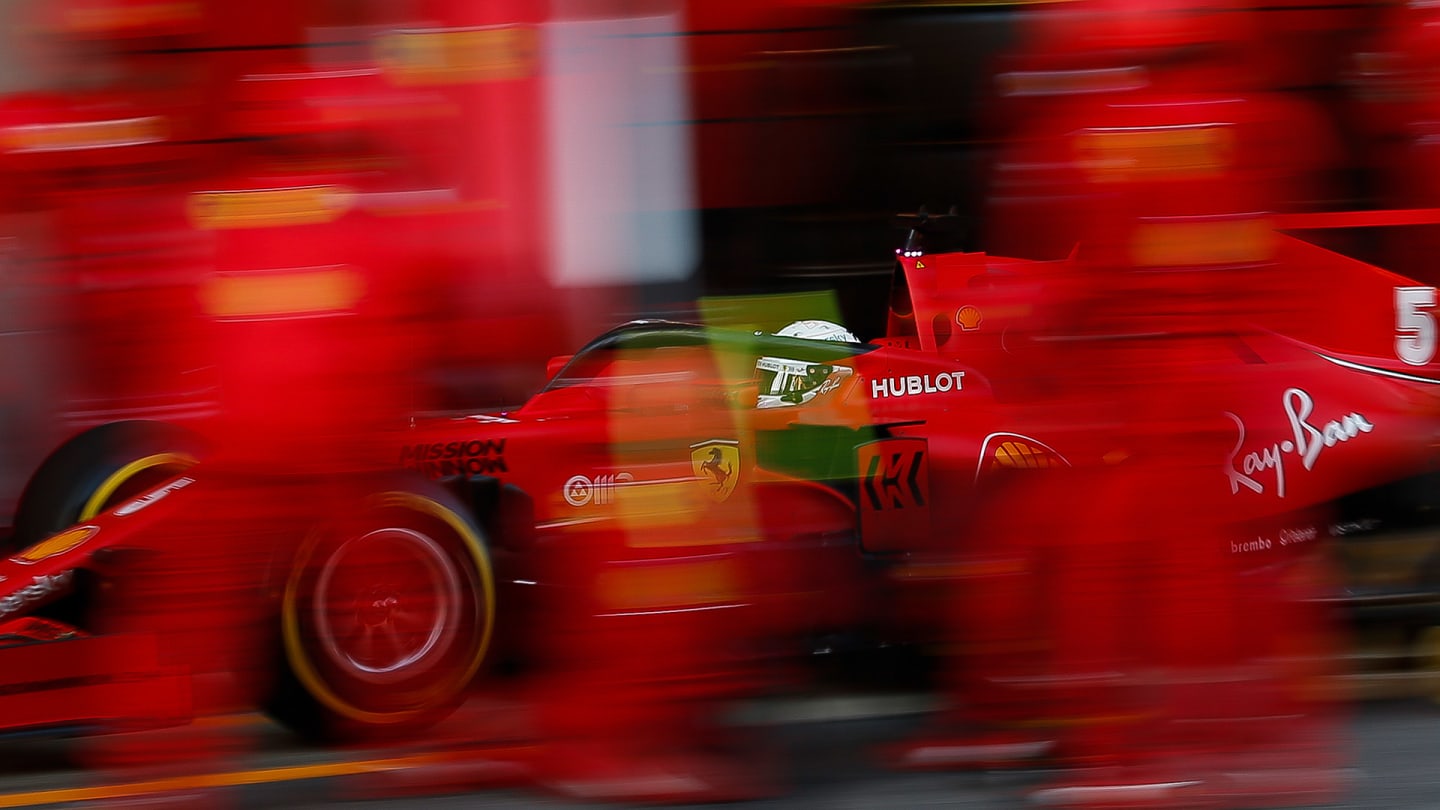
While it may be nice to top the charts in testing, the real focus is on being fastest in Australia
The driver's eye view, from ex-Renault F1 driver Jolyon Palmer
I have done glory runs and they're quite fun because you know when you're in a midfield car, you're about to just pop up to the top of the times and everyone likes to be at the top of the times!
You have five kilogrammes of fuel in the car, you put on your softest compound and you do a quali lap. Everyone kind of knows that's what you’re doing when you go out, do one or two laps and then come back in, having pumped in a really quick time.
F1 DRIVER INSIGHT: Jolyon Palmer on how to deal with a difficult new car at testing
It's just morale-boosting to see yourself up there and it's nice to feel the car on proper quali spec. But in the end, it's just that really, it's just getting up to the top of the times.
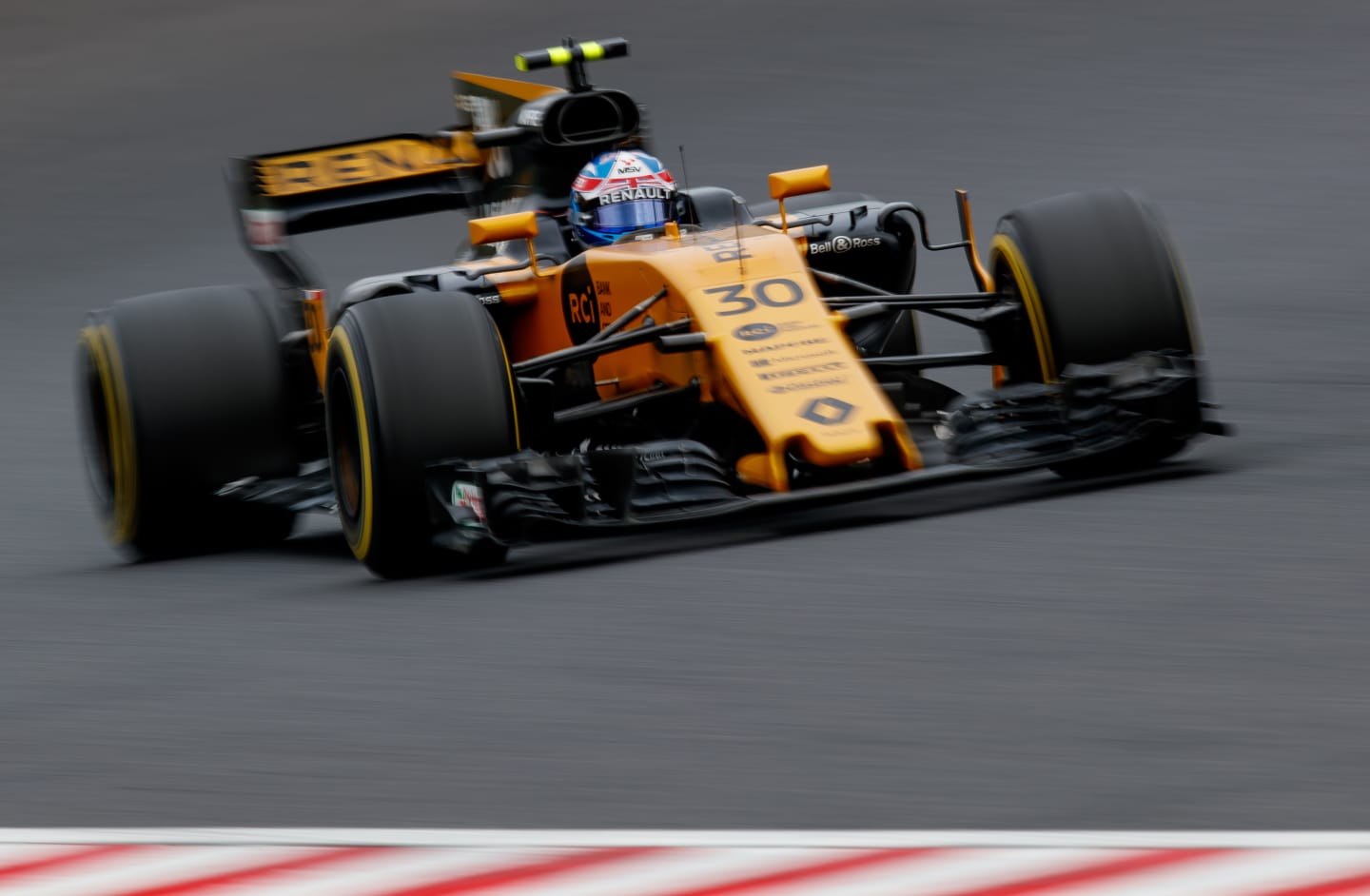
Jolyon Palmer, pictured here driving for Renault in 2017, says a 'glory run' is always enjoyable
As for sandbagging, everyone's doing it in Formula 1! It's just a question of how much you sandbag. Basically the teams tend to run somewhere between 30 and 60 kgs of fuel in the car, and that is their constant baseline. So every run they do, when they're changing set-up, will be with that amount of fuel in the car. That's just their chosen middle ground. You can't tell what other people are doing; if other people are running more fuel, they're kind of sandbagging, maybe without even necessarily meaning it. I don't really know what it achieves.
They're obviously not showing their hands. But if teams did show their hands, would anything change? Probably not. It's not like people wouldn't look at Mercedes if they're not top of the leaderboard.
Everyone knows the Mercedes are going to be quick, and Mercedes are looking at the Ferrari and the Red Bull because, obviously, they're going to be good as well. But it's just something that seems to be part of testing.
LIVE TIMING – full coverage of Formula 1 Pre-Season Testing 2020
YOU MIGHT ALSO LIKE
Feature ANALYSIS: Why Red Bull decided swift action was needed as Tsunoda is promoted in place of Lawson
Feature IN NUMBERS: How Verstappen’s team mates fared against him with Tsunoda the latest to step up
Image Gallery GALLERY: Red Bull unveil special white and red livery for Japanese Grand Prix
Podcast F1 EXPLAINS: What it’s like to be an F1 team boss – with McLaren’s Zak Brown live in the paddock
